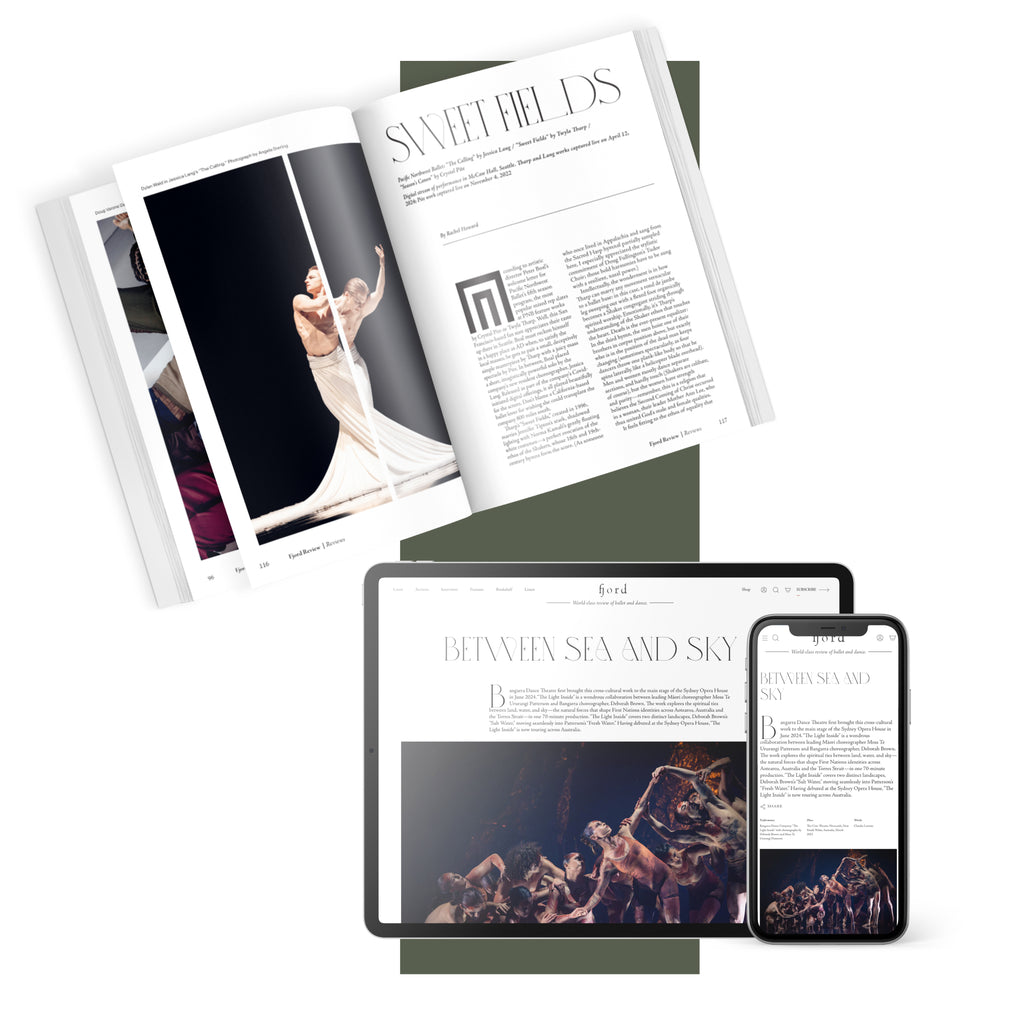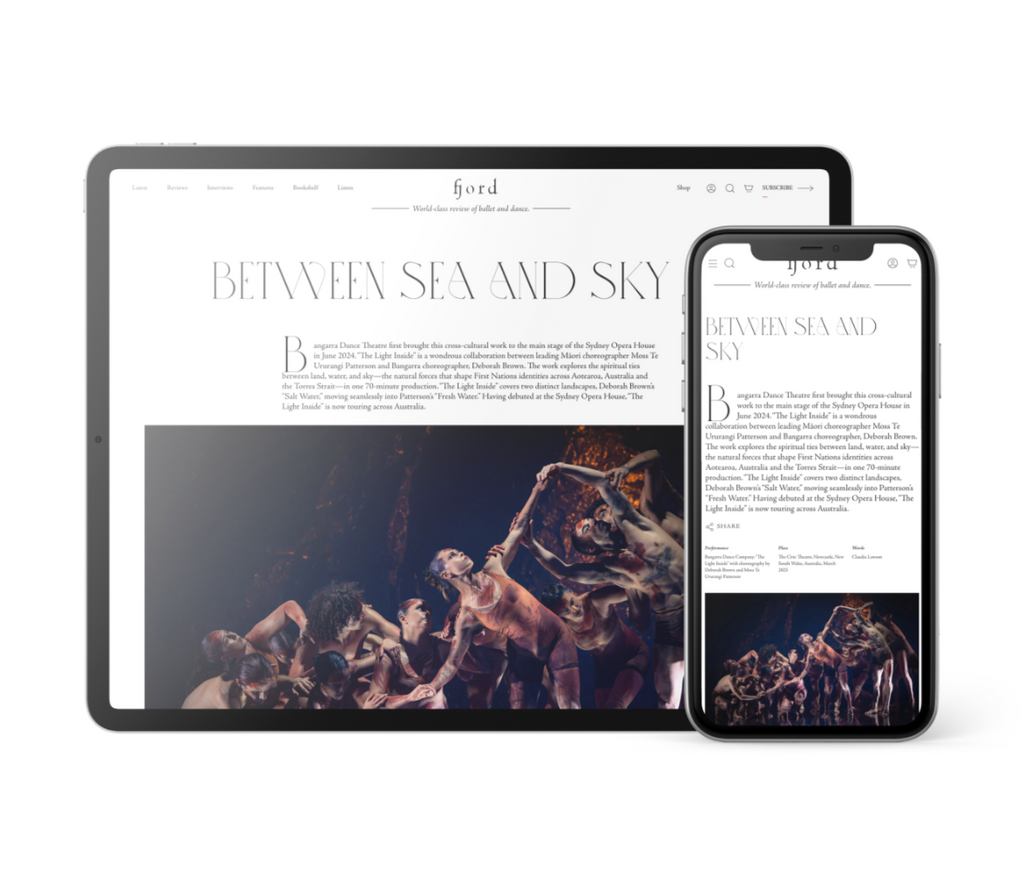The corps de ballet engaged in a richly layered dialogue—both among themselves and with the principals—as villagers, satyrs, dryads, and vestals came together to create a vividly textured world. In earlier productions, this interplay of human, mythical, and divine figures was often seen as a structural weakness; even Frederick Ashton, by his own admission, struggled to reconcile the ballet’s shifting registers. Here, however, these realms interact with coherence and finesse, lending the production a sense of internal harmony.
Across Acts I and II, the evening unfolded with clarity and drive, maintaining both a compelling narrative and a seamless choreographic flow. This unity culminates in Act II’s hypnotic, orientalist-inflected dance of the maidens. A whirlwind of chainés from Albisson, matched by fast and precise tours à la seconde from Moreau, along with a spectacular lift, drew spontaneous applause, bringing the act to a thrilling close. Act III follows as a kind of apotheosis. Sylvia’s famous pizzicato variation, the radiant pas de deux with Aminta, and the coda—the last of which is preserved from Mérante’s original—all reaffirm Legris’s dialectical approach to tradition. And in all of this, in the pit, Kevin Rhodes is far more than a conductor: he breathes, moves, and even sings with the company.
From a dramaturgical perspective, we witness an intelligent and refined interplay. Sylvia is torn between Aminta’s devoted love and the magnetic threat of Orion. This emotional triangle is reflected in the pastoral interlude—a compositional finesse. A peasant, Aubade Philbert, is pursued by her lover and suitor in a flirtatious contest that, in miniature, echoes the same emotional dynamics shaping the ballet’s drama.
Most importantly, however, it is the figure of Diana that drives the mirror effects at play, emerging as the central theme of the ballet. As Legris himself emphasised in a public rehearsal on 26 April, “Diana est le personnage le plus important.” Her emotional journey forms the true axis of the narrative arc. In the prologue, Diana is confronted by a vision of the mortal Endymion (Florent Mélac) —the object of her love, condemned to eternal sleep to preserve her vow of chastity. By Act III, his sudden reappearance becomes an emotional catalyst: a still, silent figure embodying all she has sacrificed. In Sylvia and Aminta’s love, Diana sees a reflection of what she has lost, of what might have been. Her torment transforms her from a distant deity into a woman suspended between duty and desire. Her final renunciation of love feels redemptive: a paradoxical act of freedom, marking her transformation into a compassionate and benevolent agent, granting to others what she cannot claim for herself.
For if love, at its heart, involves the courage to surrender and be transformed, Legris has achieved his goal: to lead us beyond our defences—and into the embrace of a ballet we’ve unexpectedly fallen in love with.











comments